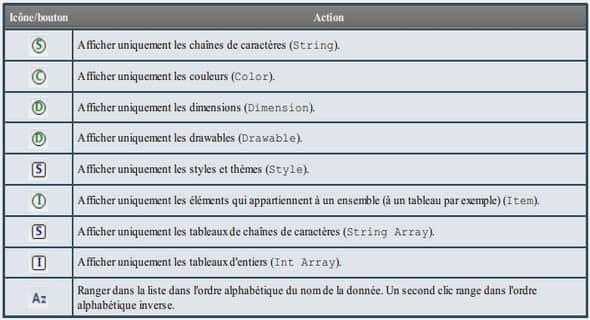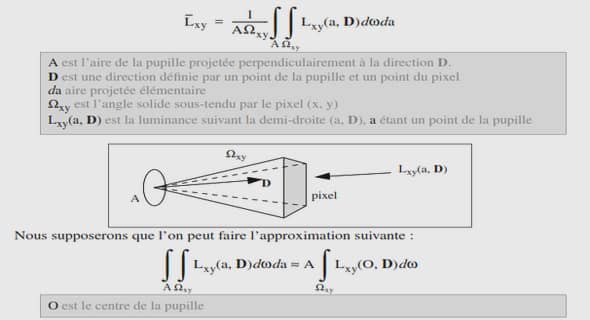Green’s functions and fundamental solutions
Green’s functions are used to solve inhomogeneous boundary-value problems for differential equations subject to boundary conditions. They receive their name from the British mathematician and physicist George Green (1793–1841), who was the first to study a special case of this type of functions in his research on potential theory, which he developed in a famous essay (Green 1828). The concept of a Green’s function is essential throughout this thesis, so it becomes important to understand properly their significance. Our main references for these functions, treated in the sense of distributions, are Griffel (1985) and Terrasse & Abboud (2006). A more classical treatment of Green’s functions in the context of mathematical physics can be found, e.g., in Bateman (1932), Courant & Hilbert (1966), and Morse & Feshbach (1953). There exist also several books that are almost entirely dedicated to Green’s functions, like Barton (1989), DeSanto (1992), Duffy (2001), and Greenberg (1971). An exhaustive amount of them are likewise listed in Polyanin (2002). The Green’s function of a boundary-value problem for a linear differential equation is the fundamental solution of this equation satisfying homogeneous boundary conditions. It is thus the kernel of the integral operator that is the inverse of the differential operator generated by the given differential equation and the homogeneous boundary conditions. The Green’s function yields therefore solutions for the inhomogeneous boundary-value problem. Finding the Green’s function reduces the study of the properties for the differential operator to the study of similar properties for the corresponding integral operator.
Fundamental solutions
Technically, a fundamental solution for a partial differential operator L, linear, with constant coefficients, and defined on the space of distributions D′ (R N ), is a distribution E that satisfies LE = δ in D ′ (R N ), (A.810) where δ is the Dirac delta or impulse function, centered at the origin. The main interest of such a fundamental solution lies in the fact that if the convolution has a sense, then the solution of Lu = f in D ′ (R N ), (A.811) for a known data function f, is given by u = E ∗ f. (A.812) In fact, due the linearity of L, since E is a fundamental solution, and since δ is the neutral element of the convolution, we have Lu = L{E ∗ f} = LE ∗ f = δ ∗ f = f. (A.813) By adding to the fundamental solution non-trivial solutions for the homogeneous problem, new fundamental solutions can be obtained. The fundamental solution for a well-posed problem is unique, if additional conditions are specified for the behavior of the solution, e.g., the decaying behavior at infinity, being these conditions often determined through sical considerations. In the construction of the fundamental solution it is permissible to use any methods to find the solutions of the equation, provided that the result is then justified by rigorous arguments. We remark also that from the fundamental solution other solutions can be derived when, in the sense of distributions, derivatives of the Dirac delta function δ appear on the right-hand side. For example, the solution of LF = ∂δ ∂xi in D ′ (R N ) (A.814) is given by F = E ∗ ∂δ ∂xi = ∂E ∂xi ∗ δ = ∂E ∂xi . (A.815)
Green’s functions
In the case of the Green’s function, the fundamental solution considers also homogeneous boundary conditions, and the Dirac delta function is no longer centered at the origin, but at a fixed source point. Thus, a Green’s function of a partial differential operator Ly with homogeneous boundary conditions, linear, with constant coefficients, acting on the variable y, and defined on the space of distributions D′ (R N ), is a distribution G such that Ly{G(x, y)} = δx(y) in D ′ (R N ), (A.816) where δx is the Dirac delta or impulse function with the Dirac mass centered at the source point x, i.e., δx(y) = δ(y −x). The Green’s function represents thus the impulse response of the operator Ly with respect to the source point x, being therefore the nucleus or kernel of the inverse operator of Ly, denoted by L −1 y , which corresponds to an integral operator, and G(x, y) = L −1 y {δx(y)}. The Green’s function, differently as the fundamental solution, is searched in some particular domain Ω ⊂ R N and satisfies some boundary conditions, but for simplicity we consider here just Ω = R N.


